Emotion processing: gaze and arousal mechanisms
Objectives
- Gain familiarity with prevailing and novel accounts of atypical emotion processing in autism.
- Understand methodological problems associated with the study of typical and atypical socioemotional processing.
- Understand how to derive research questions and hypotheses from theory to experiment design and become familiarised with relevant analytical approaches.
Introduction of Autism
The Autism Triade
- Impairments in social interaction and communication;
- Repetitive and restricted patterns of behaviour;
- Lack of socio-emotional reciprocity, impaired emotion
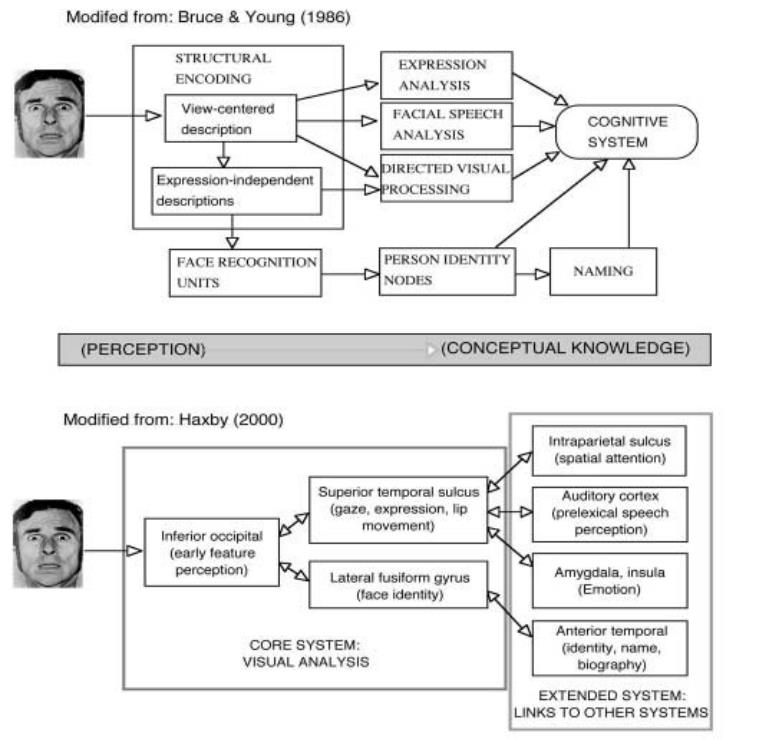
Fast-track modulator model
- Fast pathway for face detection, tuned to low spatial frequency
- Subcortical route
- support biases to faces even in newborns
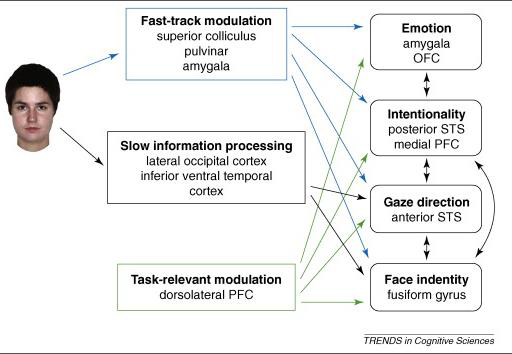
Atypical gaze
For atypical gaze
- Reduced orientation or increased gaze aversion.
- Gaze contingent paradigms.
- Hyperarousal to direct eye-contact.
- Blunt arousal correlates with reduced orientation.
Against atypical gaze
- Either no support for atypical gaze or atypical gaze was not necessarily predictive of accuracy.
- Frequency tagging + eyetracking – similar neural dynamics.
- Meta-analysis.
Summary
- Gaze and physiological mechanisms underlying socioemotional processing in autism are highly heterogeneous.
- Methodological factors: task, context, analytical approaches, measures.
- Individual differences and comorbidity (e.g., alexithymia, anxiety).
- Different theoretical approaches (normative models vs. developmental models, individual difference models).
Neuroscience of perception and imagery
Objectives
- Phenomenological continuum of sensory experience
- Neurobiology of imagery and perception
- Theoretical models
sensory experience
- Perception
- Phenomenological
- continuum
- Imagery
- Volitional
- Pareidolia
- Illusion
- Hallucination
- Metamorphopsia
- Eidetic imagery
- Afterimage
- Synaesthesia
- Pseudohallucination
- Flashback imagery
Veridical percept:
External; outside voluntary control; vivid
Imagery percept:
Mind’s eye; volitional; vague
Some phenomena: Dream, Illusion, Pareidolia, Hallucination, Clinical illusions: Metamorphopsia, Eidetic imagery, After image, Synaesthesia, Pseudohallucination, Flashback imagery
Perception and imagery are different and happens in different brain areas.
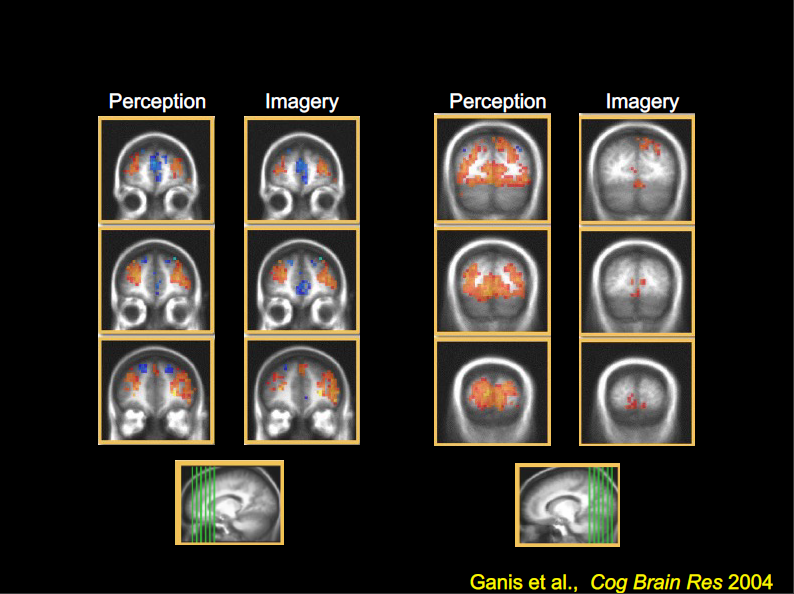
The perception occurs in occipital lobe. The imaginary occurs in frontal parietal
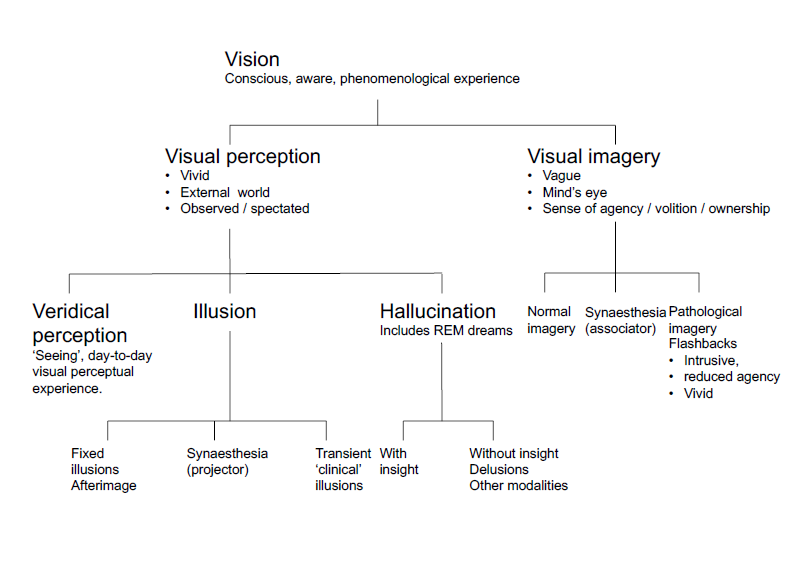
Question: What if the abstract idea can be understood if one lack the ability for imaginary?
Answer: Ture, you can still make a prediction.
Running a neurotech company
Tip 1: Embrace academic interdisciplinarity
Tip 2: Look before you leap
Tip 3: Advanced academic leaning is a great training ground for entrepreneurs and leader just be sure to step out of the “Ivory tower”
Tip 4: Find a real world problem to solve
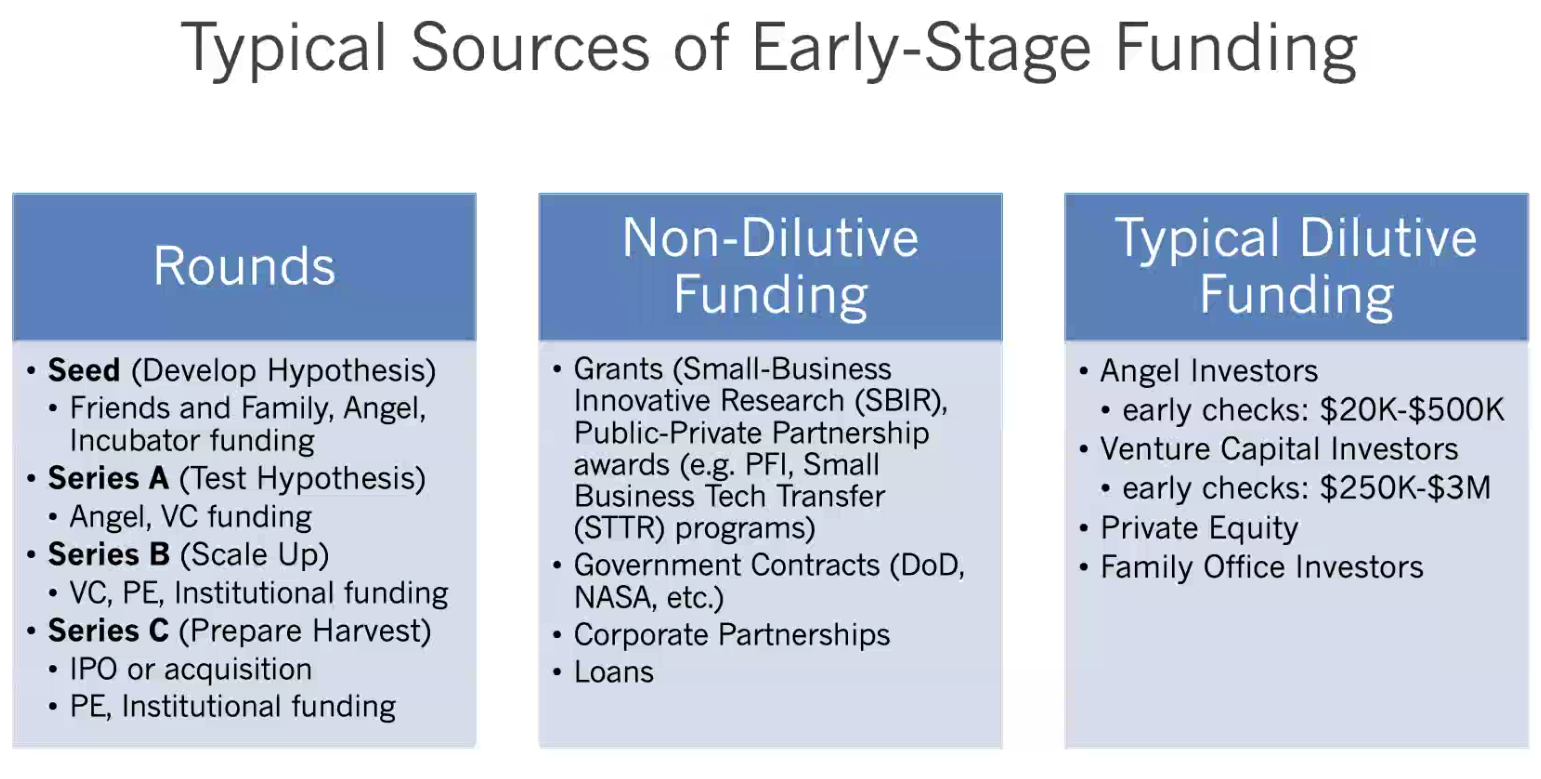
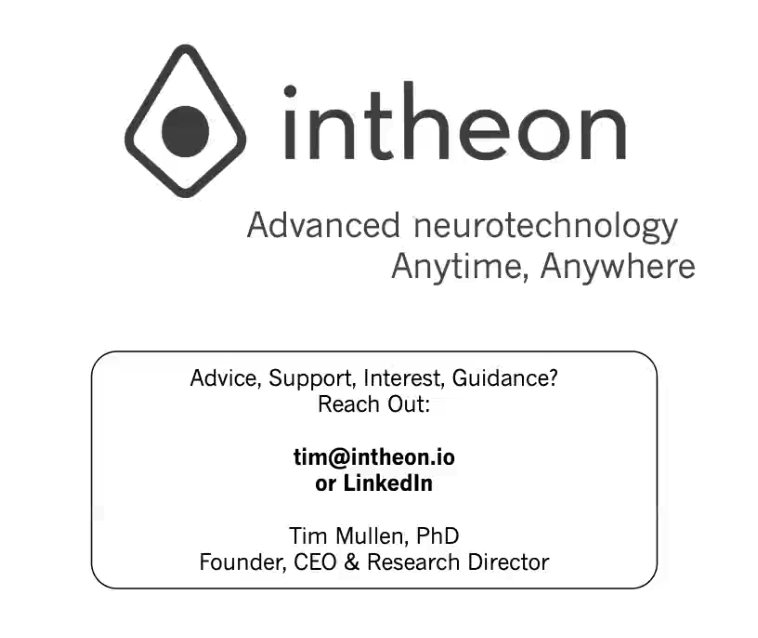
Watermark (an update for the blog)
Every time I finish writing an article, I can run python3 watermark.py postname to add a watermark. If I want to add a watermark to all articles in the first run, I can run python3 watermark.py all
Vocabularies
alexithymia: the inability to recognize or describe one’s own emotions.
Prevailing: existing at a particular time; current; popular
comorbidity: the simultaneous presence of two or more diseases or medical conditions in a patient.
Perception: the ability to see, hear, or become aware of something through the senses.
Imagery: visually descriptive or figurative language, especially in a literary work.


